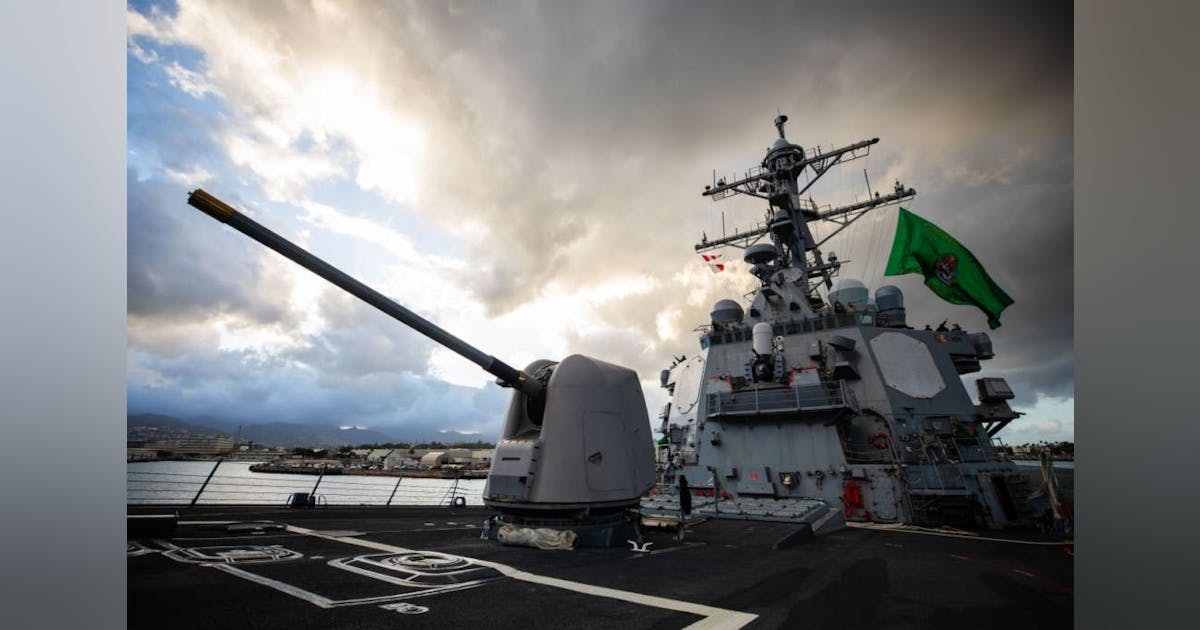Navy Reinforces Commitment to Software-Defined Radar Systems for Surface Warships
Date: February 20, 2025
The U.S. Navy is taking significant steps to enhance the radar capabilities of its surface warships by continuing its partnership with Ultra Electronics on the AN/SPS-73(V) Next Generation Surface Search Radar (NGSSR). This radar system is built on a cutting-edge software-defined architecture, giving it a modernized edge over older technologies.

Officials from the Naval Sea Systems Command have confirmed an $11 million contract for ongoing production support of these advanced radar systems, aimed at replacing outdated technologies that no longer fulfill modern operational requirements.
Importance of Advanced Navigation and Awareness
As the maritime environment becomes increasingly complex—with growth in low-cost radar technology and crowded shipping lanes—navigation and situational awareness are becoming critical challenges for naval operations. With a surge in various vessels and airborne traffic, new capabilities are essential for maintaining a strategic advantage.
In December, Ultra Electronics secured an $83.8 million contract for the production of the NGSSR. This past March, the company received a $28 million contract to develop qualification systems, followed by a $42.2 million order for the first batch of NGSSR production. These contracts illustrate the Navy’s commitment to enhancing maritime capabilities over the coming years.
Technical Enhancements of NGSSR
The AN/SPS-73(V)18 employs state-of-the-art digital technologies and is designed around a software-centric architecture that allows for upgrades and performance enhancements via algorithms. Its software-defined nature minimizes reliance on traditional hardware, thus streamlining maintainability and adaptability.
All core functionalities—including the radar’s receiver and exciter—are incorporated into software, reducing the need for extensive hardware modifications. This adaptability permits the radar to perform better in challenging maritime conditions, resist jamming attempts from adversaries, and improve its detection capabilities for various objects, including UAVs and potential hazards such as mines.
Broad Capabilities of the AN/SPS-73 Series
The new NGSSR will serve to fully replace several existing radar systems, such as the AN/SPS-67 and AN/SPS-73, currently in use on a myriad of vessels, including aircraft carriers and destroyers. The transition to the NGSSR is expected to enhance operational effectiveness significantly as it seamlessly integrates into the changing landscape of maritime warfare.
With contract options potentially raising the total value to $420.5 million and extending the agreement to September 2031, the Navy is investing heavily in the future of its surface fleet. Work connected to this contract will be conducted in facilities across Massachusetts, North Carolina, and Virginia, with a projected completion date set for August 2027.
For further inquiries, consumers can visit Ultra Electronics Maritime online at umaritime.com or contact the Naval Sea Systems Command at www.navsea.navy.mil.













